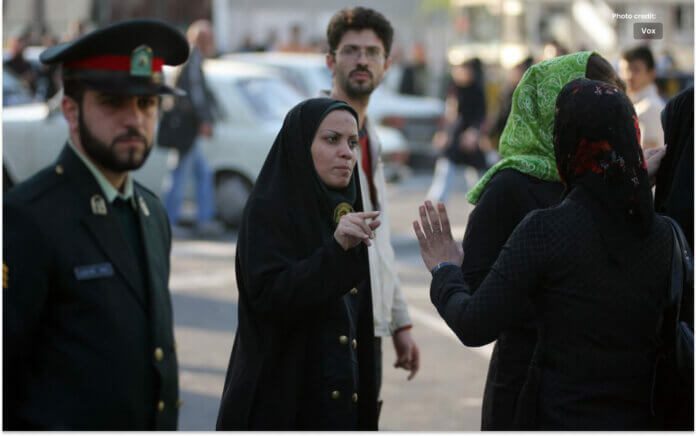Iran mandates hijab, but nowadays more women are going bare-headed.
It serves as a stark reminder of public agitation and anti-government protests.
After Mehsa Amini, a 22-year-old Kurdish woman, was killed in Iran’s morality police custody in September, other Iranian women protested against the ruling party’s hijab directive, taking to the streets and removing their headscarves in public.
In a bid to stem the growing outrage, Iranian authorities have decided to install cameras in public places to identify and punish women who do not adhere to the required dress code.
According to a police statement, offenders will receive text messages warning them of the consequences. It was claimed that this action was taken to prevent resistance to the hijab law.
Click here to read news in Urdu
Violators will receive text messages warning of consequences after they are identified, police said in a statement. The statement, which was published by the judiciary’s Meezan news agency, said it was aimed at curbing resistance to the hijab law.
Historical perspective
Since its inception during the Islamic Revolution in 1979, Iran’s official law has required women and girls under the age of seven to wear headscarves, keeping some 40 million people under constant surveillance.
The police also urged the citizens to confront the naked women. According to the police statement, businesses must seriously monitor adherence to social norms with due diligence.
In a statement issued by the Ministry of Interior on March 30, the niqab has been described as one of the cultural foundations of the Iranian nation and one of the practical principles of the Islamic Republic.
Despite the high rate of arrest warrants, Iranian women continue to walk bareheaded in malls, eateries, shops, and on the country’s streets.




